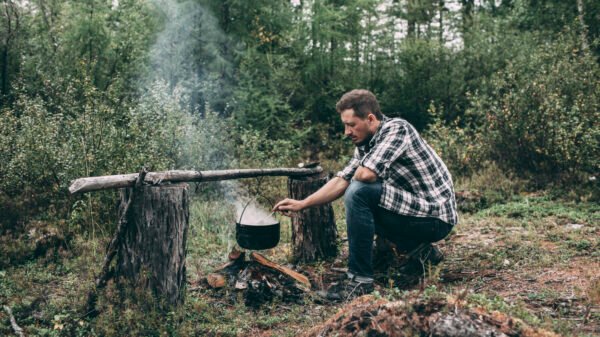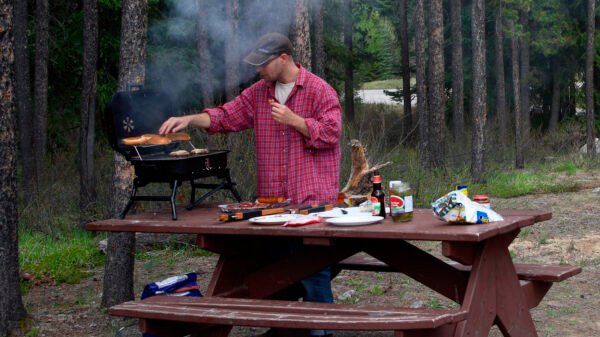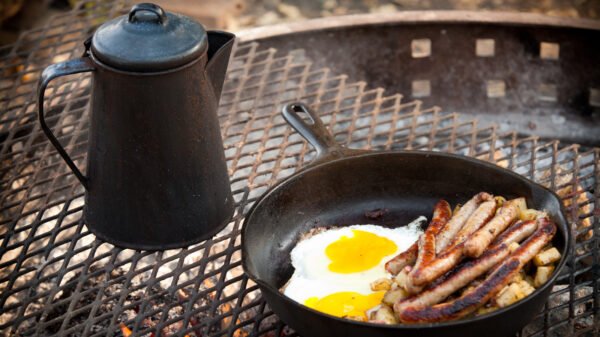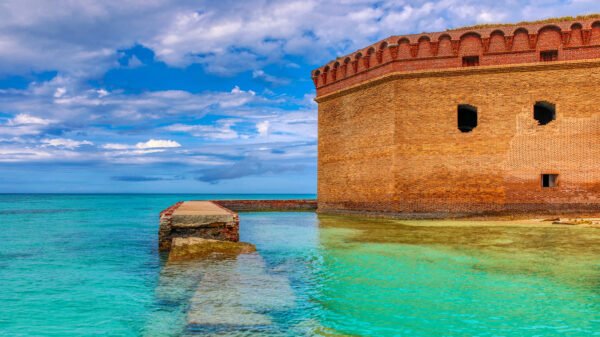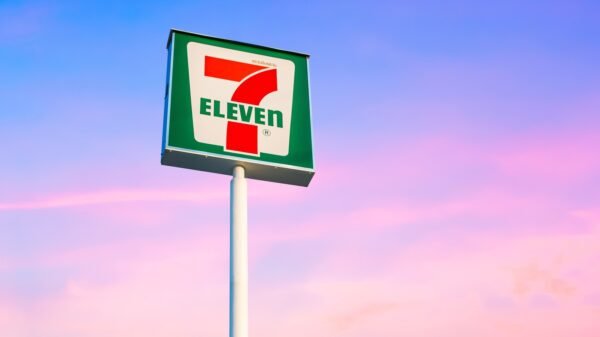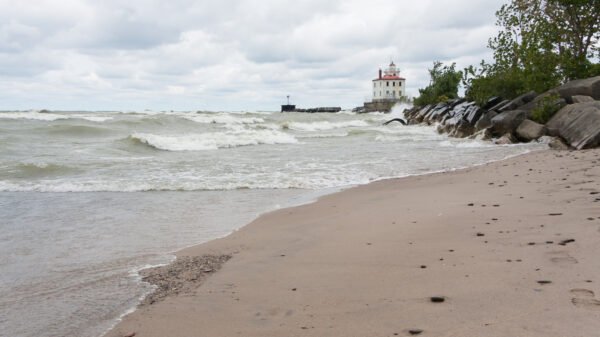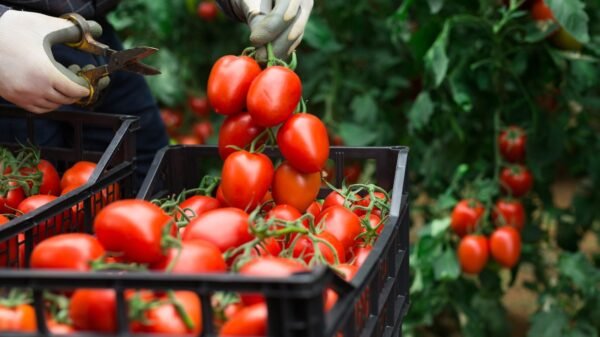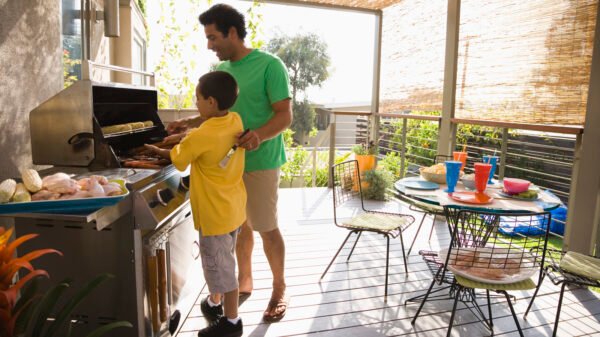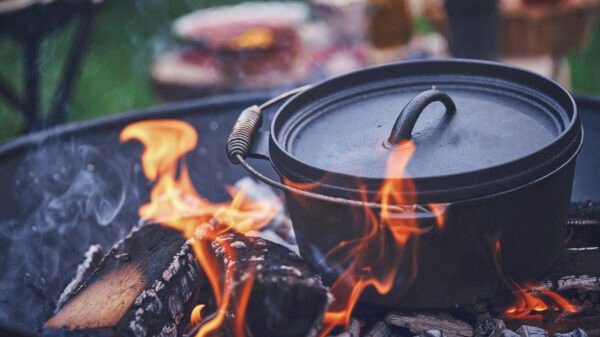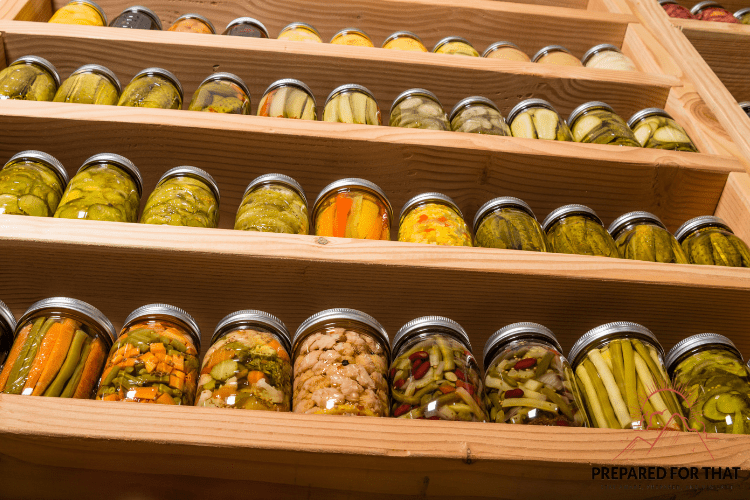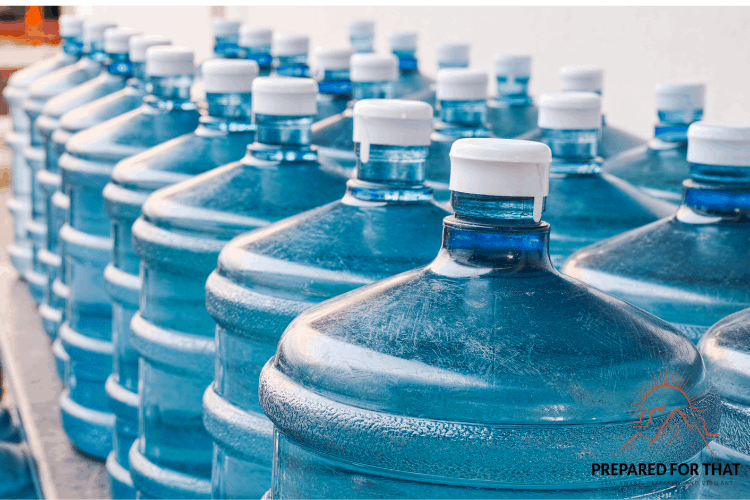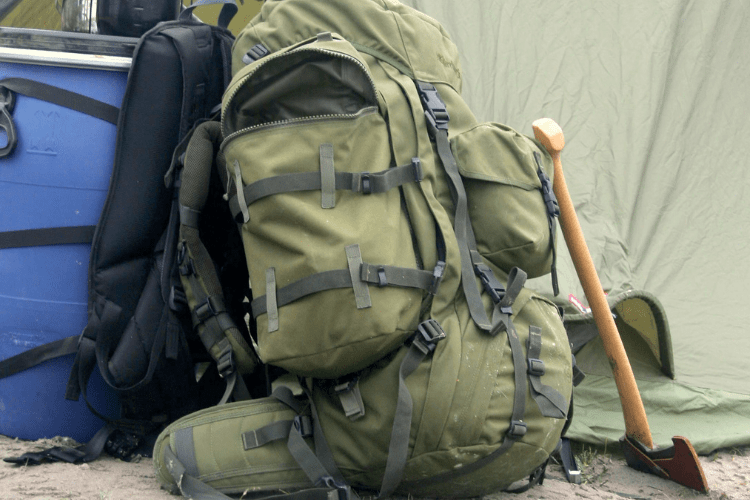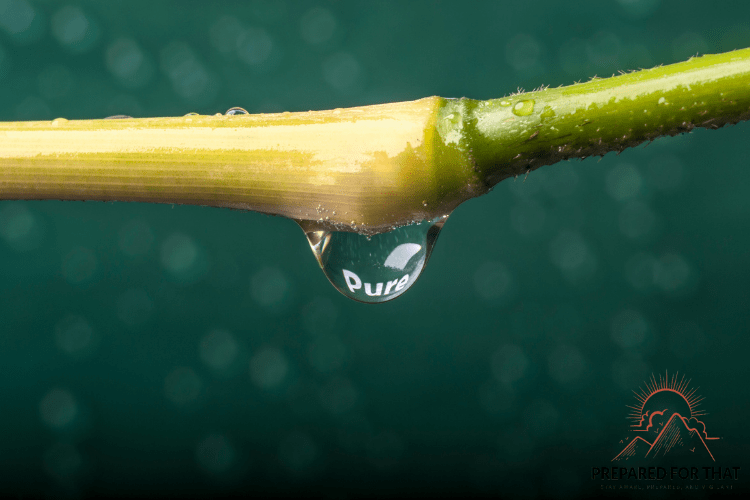It is essential to have an emergency food pantry that ensures a consistent supply of food that your family can survive if a disaster cuts off regular access to food, water, and other utilities. An emergency food pantry that is well-equipped is a necessity for every family. One point to note is that emergency foods should be non-perishable.
It is up to you to determine the foods you will stock in your pantry. They must not require cooking, refrigeration, or even water. It is critical to understand how to start up and get your pantry ready just in case there might be emergencies in the future.
What are the 3 types of food storage options for your emergency food pantry?
There are three types of food storage: canned, dried, and freeze-dried. Canned foods are stored in a sealed container heavier than water. This means they can withstand high pressures and temperatures (e.g., below 0 degrees Fahrenheit or above 120 degrees Fahrenheit) without exploding. Dried foods store longer but require additional water to be added. Freeze-drying uses heat and pressure to completely dehydrate food items into a state where they will last for years without further processing or preparation.
Long-term Food Storage Plan
Planning for your pantry is easier when you know how to get started, what to do, and what to buy. Preparing for a time when food is in short supply is not always easy, and you can also rest assured that this is not one of the easiest things to think about.
However, you can equip yourself with the knowledge and skills you need to plan and build your home emergency pantry. Using all the available information and applying that knowledge gained in the preparation process, you can efficiently stock your home pantry with the proper foods.
Location: The first step is ensuring that your long-term emergency pantry is designed in a dry, cool, dark area. Many people choose great basements. Large closets and garages are also good.
Available storage space: The next step is to measure and note your available storage space’s exact size. This should be done before you can decide on what to store. You should be realistic and determine how much physical room you have to spare for food storage.
Layout: The last step is to lay out the space for access. It is good to plan where large water stores will be put, where you will store cans, and where you’ll store bins or boxes. After this, proceed to install the shelves properly.
Food Storage How to Select Necessities
Water: In selecting items to stock, it is prudent to store water first. Setting aside a gallon of water per person every day is recommended. This is because the human body can survive weeks without food but can only go for a few days without water intake.
If you are creating a long-term stockpile, this could take up a lot of space. Therefore, you should limit the amount of water you will need to set aside by stockpiling water purification tablets, a gallon of bleach, or, if need be, a portable water purifier such as the ones that backpackers use.
Carbohydrates: You should then stock up on carbohydrates. In case of any crisis, you’ll get most of your required calories through carbohydrates such as pasta, grains, and rice. It’s best to buy in bulk quantities. It should be noted that carbohydrates account for about 50 to 60 percent of the foods people put in long-term storage.
Protein: The next category should be canned meat and beans. These are excellent and long-lasting sources of protein. At the same time, protein bars are also valuable protein sources and other essential dietary needs. You should expect protein sources to account for about 25 percent of the entire storage.
You should supplement the storage with dried foods such as powdered eggs, dried milk, dehydrated vegetables, fruits, and ready-to-eat dehydrated meals. All these are ideal space-saving long-term food items. You will also need to include dried beans if space allows. These should take up less space than canned beans, though water will be required to cook them.
Supplementary items: Other items such as salt, garlic powder, pepper, and sweeteners should be set aside. Sweeteners could include sugar or any sugar substitute. Favorite spices should be included in the list. Corn or olive oil for cooking and also flavoring food is excellent! This is because tasteless food can sometimes be demoralizing and quickly lead to a loss of appetite, which soon translates into malnutrition.
Utensils: The last step in selection is boxing up essential food preparation tools and utensils to store with emergency food supplies. You should ensure the proper eating utensils, a can opener, and a cup.
It is good to remember to store a butane stove or gel fuel with backups of cooking fuel. This will save you when you cannot use any other energy sources, which is a common scenario in an emergency.
Emergency Food Stockpile Process
Depending on the space available for your pantry, water needs to be placed in a large plastic drum with a pump, in gallon jugs, in five-gallon buckets, or individual bottles. Whichever one of these alternatives best fits your needs should be applied.
Besides, loose bags of dried beans, rice, and vacuum-sealed packets of dried foods must be in containers. They should be kept safe from insects and vermin by putting them in plastic or metal bins with sealable lids.
Furthermore, jars and cans must be organized on shelves, lined up by type, with labels facing forward. This will help you with easy rotation. Rotation of foods in long-term storage should be done regularly as you buy new supplies. It keeps your long-term stores from spoiling. Expiration dates need to be routinely checked on your stored food and water. Any expired items should be thrown out.
Non-perishable foods that can be eaten without refrigeration, water, and cooking are great for emergencies. You are free to pick any foods that your family likes. You can also consider including a few treats or other comfort foods, which might help the family stay calm during the stressful time after the emergency has struck.
Remember that you must stock enough food to feed your family for at least three days. If there are any pets, emergency food should be included for them as well.
At the same time, you may experience a few changes in your family in the aftermath of the emergency, for instance, the addition of new family members or pets. Therefore, you need to regularly monitor and determine whether or not your emergency pantry is equipped to sustain the whole family in the event of a disaster.
Sources:
https://preparednessmama.com/food-storage-plan/
https://blog.gunassociation.org/kick-start-food-storage-plan/
https://www.familysurvivalplanning.com/food-storage-for-beginners.html
https://www.google.com/books/edition/Be_a_Prepper/NkttjwEACAAJ?hl=en


